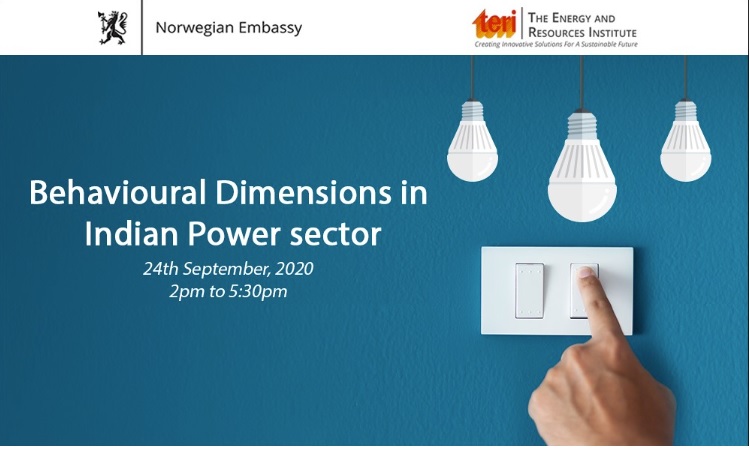Power Demand Assessment
Work Package 1
Objective
The Work Package aims to obtain holistic knowledge about energy demand pattern and provide information to supply scenario for synchronization of overall energy demand and supply across the country. Apart from the analysis of past data on electricity demand, forecasting of demand at regional and national levels, for different groups of consumers, will be undertaken using insights from load research and other macro-economic parameters.
Main Activities
Analyse the load profiles of different consumer categories
The level and pattern of electricity consumption/demand varies across consumer categories (primarily industrial, residential, commercial, and agricultural) and within same categories (e.g., variation across different industries or variation across households across different geographic regions). The nature and level of consumption pattern is also expected to change over time in response to socio-economic as well as technology and policy-related changes across different consumer groups. This activity, therefore, focussed on examining the nature of consumption/demand across consumer groups and over a period of time for proper load profiling.
-
Interactions with DISCOMs, Bureau of Energy Efficiency, Energy Efficiency Services Ltd, regulatory commissions, state-designated agencies, and other important stakeholders
Stakeholder interactions were carried out for proper understanding of the past, present, and future behavioural pattern of each consumer group and their sensitivity/response to policy changes. These interactions supported the validations of the findings and also strengthened the assessments and modelling results with on-ground data and understanding.
-
Studying demand patterns across different geographical regions and seasons
The pattern of consumption for the same group of consumers varies across geographical regions and over seasons. Thus, to get a holistic picture of the demand pattern, analysis across regions and seasonal as well as hourly (time of the day) load variation is significantly important, besides the consumer group-wise analysis. Accordingly, this activity involved measurement and analysis of daily peak and off-peak as well as seasonal peak and off-peak data for strategizing demand-supply synchronization.
-
Forecasting of demand
Based on past trends, different socio-economic and environmental variables and assumptions on their future behaviour and past data on electricity demand, forecasting was carried out for different regions and consumer categories. Reliable forecasts are crucial for future planning in the power sector, and the exercise therefore conducted a deep-dive of various end-uses to understand the variations in energy requirements across consumer categories over time.



